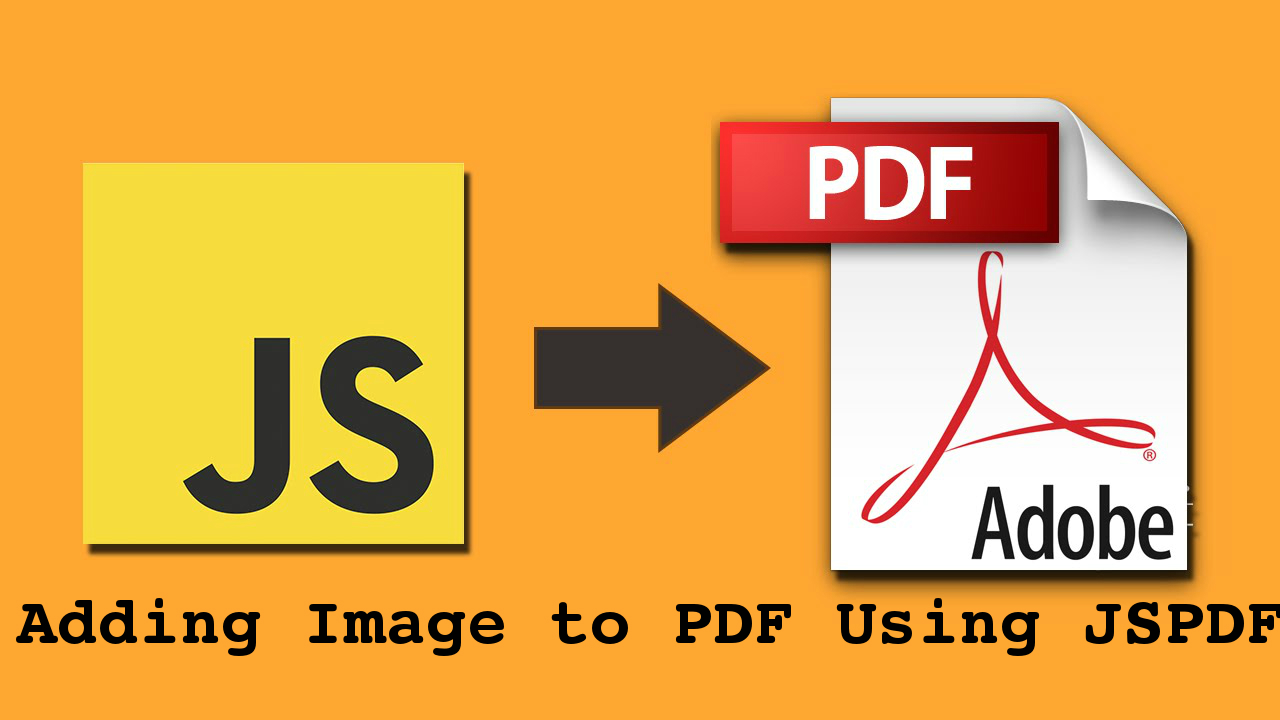

These libs are working only with image data, without dom elements (canvas and image). Image compression is a type of data compression applied to images, to reduce their cost for storage or transmission Base64 is a binary-to-text encoding scheme. Jpg-js and Pica will not use dom elements at all. Let’s take an example of that: If you use this below example that shows to preview the of resizing an image. In that case, result canvas can be with bad quality or just empty, or browser can fall with memory limit exception. How to Resize Image Size using Canvas and Convert into Base64 Encoded String (Data URLs) and Blob in Javascript Resizing an Image with Javascript is fairly simple. This solution will be faster but will be the worse solution for high-resolution images, for example 6000圆000 pixels.

(good for High-resolution images, without canvas size restriction) You can get image data from a file by jpg-js (or draw an image on canvas)and then resize canvasImageData by resizing lib pica.you dont fiddle with the wrapping paper in the hopes of changing the unwanted barbie doll into a hotwheels car. gif-in-b64) would take more work than simply doing img base64encode (mangleimage (base64decode (origimage)) b64 is wrapping paper around a present. You can convert js file to image bitmap by jpg-js.And you can resize only by this lib, but in a case of resizing from very large image to very small, quality will be very bad.Best way for high-res images is to convert file to bitmap by jpg-js and then resize this bitmap by Pica lib. 1 no, and why you would to do that writing an image parser (e.g.These solutions good for resizing not just converting image to base64. It is straight forward to do: function imageToDataUri(img, width, height) // Use it like : var newDataURI = await resizedataURL('yourDataURIHere', 50, 50) įor more details you can check MDN Docs : This will provide a bitmap buffer and native compiled code to encode the image data. Image.A way to avoid the main HTML to be affected is to create an off-screen canvas that is kept out of the DOM-tree. Var canvas = document.createElement("canvas") ĭocument.getElementById("original").appendChild(image) ĭocument.getElementById("resampled").appendChild(resampledImage)


 0 kommentar(er)
0 kommentar(er)
